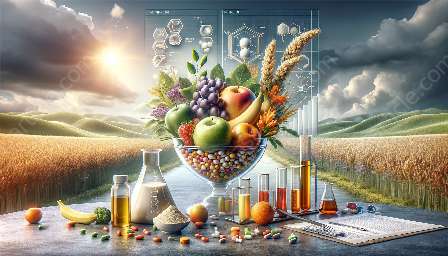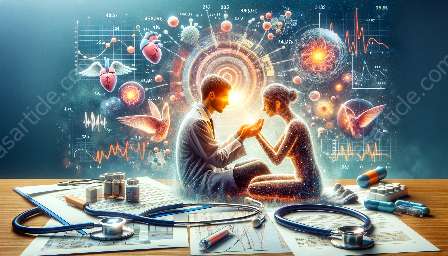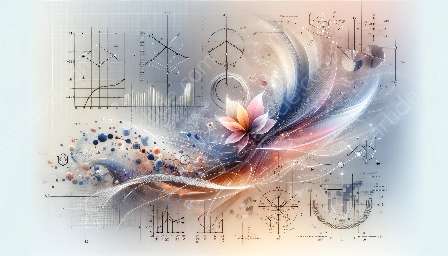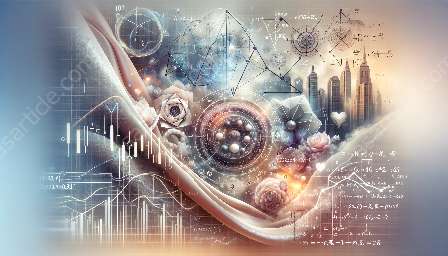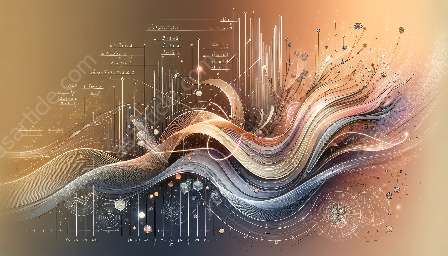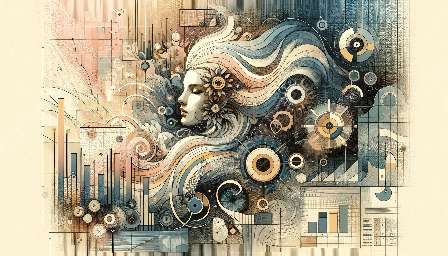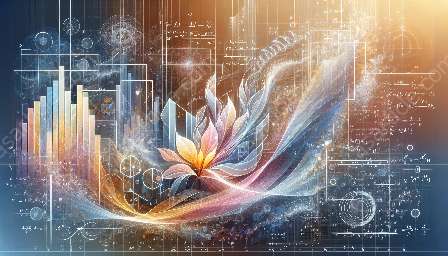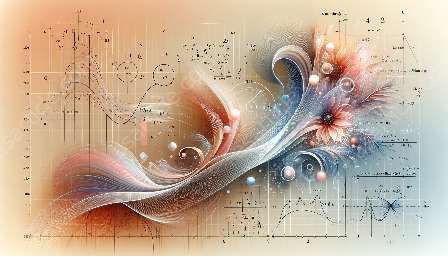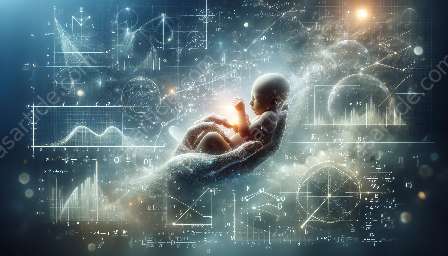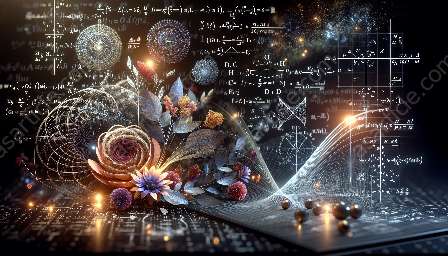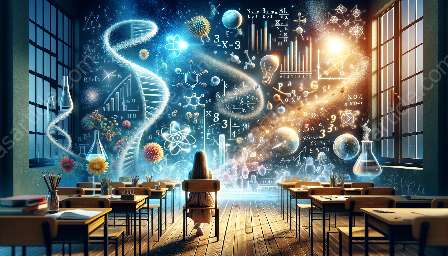Mathematics and statistics form the foundational bedrock of many branches of applied sciences, permeating through fields such as physics, engineering, biology, and economics. Understanding the core principles of these disciplines is crucial to solving real-world problems and advancing scientific knowledge. This topic cluster delves into the multifaceted nature of mathematics and statistics, elucidating their significance and practical applications across various domains.
The Power of Mathematics in Applied Sciences
Mathematics is often revered as the language of nature, serving as a powerful tool for quantifying and expressing the fundamental laws governing the physical world. From the groundbreaking theories of calculus and differential equations to the intricate concepts of linear algebra and complex analysis, mathematics provides a framework for modeling natural phenomena, designing innovative technologies, and predicting complex systems.
One of the prime applications of mathematics in applied sciences is in the realm of physics, where mathematical principles underpin the formulation of theories and the development of mathematical models that describe the behavior of physical entities. Whether it's in understanding the motion of celestial bodies through celestial mechanics or in unraveling the mysteries of quantum mechanics, mathematics imbues scientific research with a profound sense of precision and rigor.
Furthermore, engineering disciplines heavily rely on mathematical principles to drive innovation and optimize designs. From structural analysis and fluid dynamics to signal processing and control systems, mathematics plays a pivotal role in shaping the development and advancement of various engineering applications.
The Crucial Role of Statistics in Applied Sciences
Statistics, on the other hand, focuses on the systematic collection, analysis, interpretation, and presentation of data, providing the essential tools for making informed decisions in diverse scientific domains. In fields such as medicine, environmental science, and economics, statistics serves as a guiding light, enabling researchers and practitioners to draw meaningful insights from complex datasets and to infer conclusions with confidence.
Moreover, statistical methods are indispensable in the realm of experimentation and hypothesis testing, allowing scientists to rigorously evaluate the significance of their findings and to validate scientific claims. By employing techniques such as regression analysis, hypothesis testing, and experimental design, statisticians contribute substantially to the robustness and reliability of scientific investigations.
The Integration of Mathematics and Statistics in Applied Sciences
When combined, mathematics and statistics become an indomitable force, synergizing their strengths to address multifaceted challenges across applied sciences. For instance, in the burgeoning field of data science, the amalgamation of mathematical modeling with statistical analysis has revolutionized the way raw data is transformed into actionable insights, driving innovations in fields such as machine learning, artificial intelligence, and predictive analytics.
Furthermore, in fields like bioinformatics and computational biology, the integration of mathematical modeling and statistical inference has led to groundbreaking advancements in genomics, drug discovery, and disease modeling, paving the way for personalized medicine and precision healthcare.
Conclusion
As this topic cluster illustrates, the amalgamation of mathematics and statistics forms the cornerstone of applied sciences, permeating through a myriad of disciplines and propelling the frontiers of scientific discovery. Embracing the intricate interplay between these two realms not only enriches our understanding of the natural world but also catalyzes transformative innovations that shape our technological landscape.





